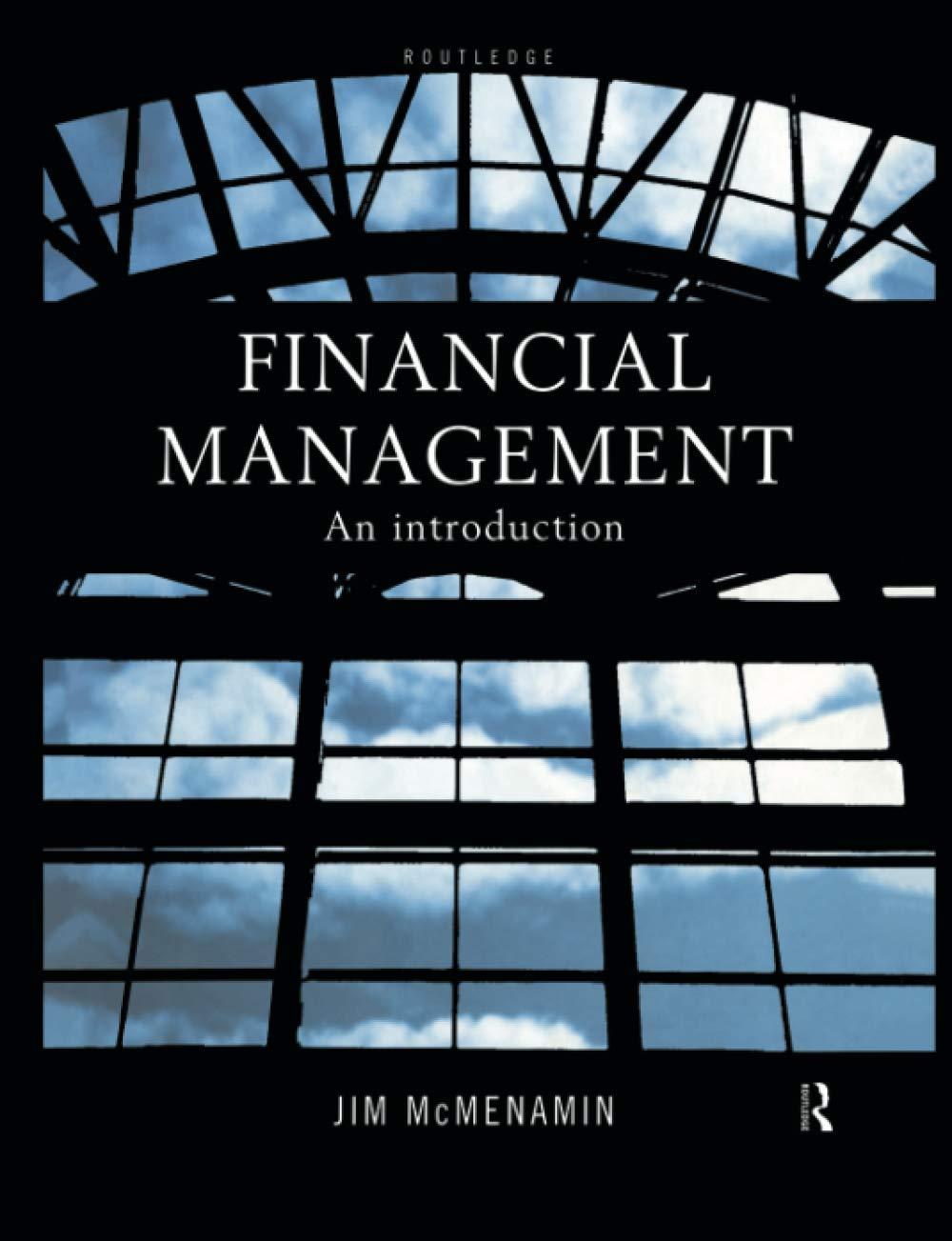Question
Consider two risky assets A and B with E(rA)= 15%, Sigma= 32%, E(rB)= 0.09, Sigma B= 23%, corrA,B= 0.2. The risk free rate is 5%.
Consider two risky assets A and B with E(rA)= 15%, Sigma= 32%, E(rB)= 0.09, Sigma B= 23%, corrA,B= 0.2. The risk free rate is 5%. The optimal risky portfolio of comprised of the two risky assets is to allocate 64% to A and the rest to B. What is the standard deviation of the optimal risky portfolio.
Continued with previous question. What is the Sharpe ratio of the optimal risky portfolio?
Continue to use the information given in previous two questions.
If your target expected return is 12%, lower than the expected return of the optimal risky portfolio, which is comprised of 64% risky asset A and 36% risky asset B, which of the following statements is not correct?
Select one:
a. The sigma of your complete portfolio is 21%
b. invest 89.16% of your capital in this optimal risky portfolio and the rest in the risk-free asset
c. The asset allocation is 57.06% in A, 32.10% in B and 10.84% in the risk-free.
If you only invest in the two risky assets A and B, not the risk-free asset and your target expected return is still 12%, what should be the portfolio composition ?
Compare the previous two portfolios with the same expected return of 12%, one with investment in the risk-free asset and another one without investment in the risk-free asset. Which of the following statements is NOT correct?
Select one:
a. The portfolio without investment in the risk-free asset has higher standard deviation than the portfolio with investment in the risk-free asset.
b. The portfolio without investment in the risk-free asset sits on the investment opportunity set comprised of the two risky assets A and B.
c. The portfolio without investment in the risk-free asset situates to the left of the optimal risky portfolio on the same capital allocation line.
d. The portfolio without investment in the risk-free asset locates below the optimal capital allocation line.
d. not invest in the optimal risky portfolio but choose another portfolio on the investment opportunity set that has expected return of 12%.
Step by Step Solution
There are 3 Steps involved in it
Step: 1

Get Instant Access to Expert-Tailored Solutions
See step-by-step solutions with expert insights and AI powered tools for academic success
Step: 2

Step: 3

Ace Your Homework with AI
Get the answers you need in no time with our AI-driven, step-by-step assistance
Get Started


